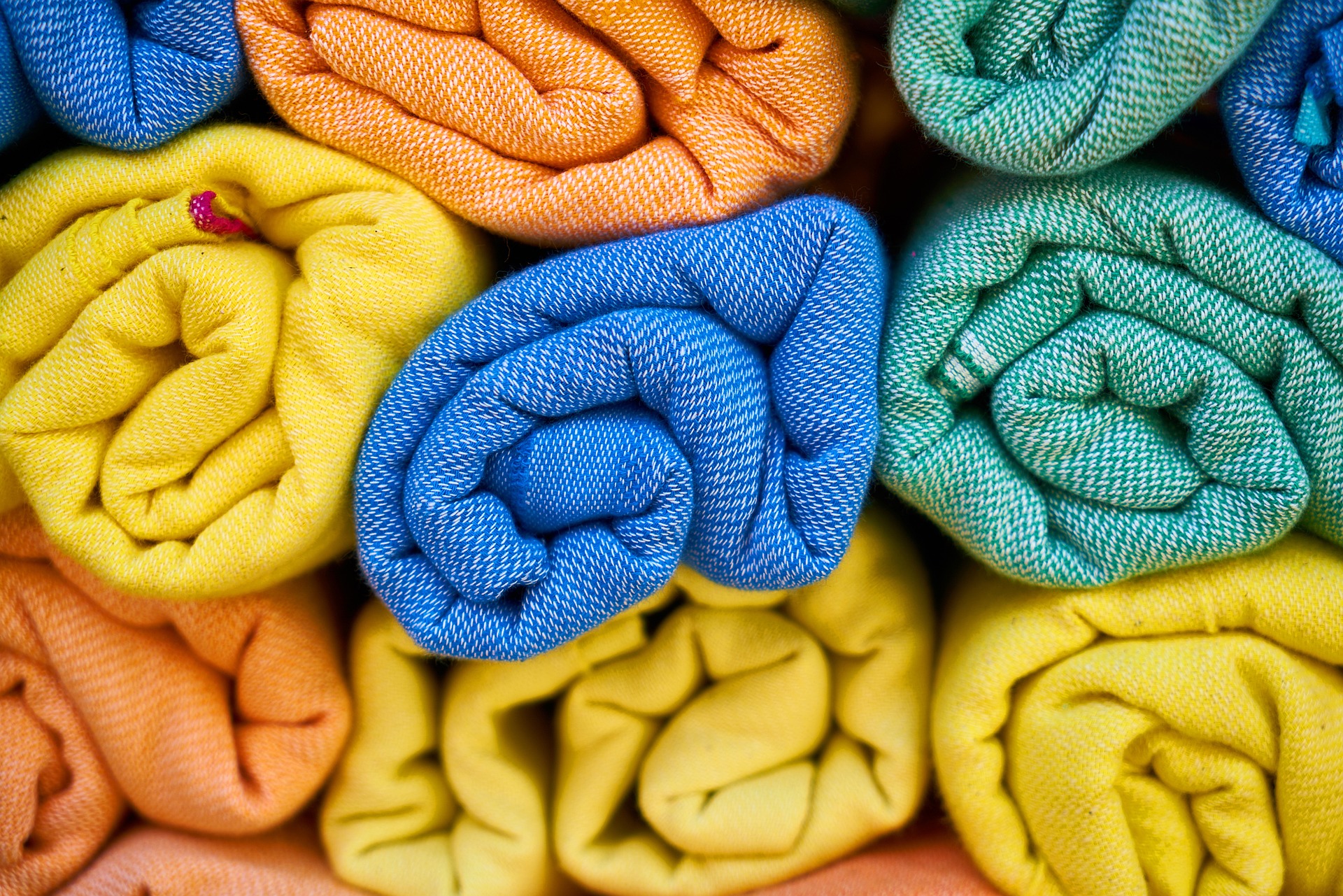
Why Should You Choose Biodegradable Fabrics?

Natural fiber fabrics, such as cotton, linen, wool, and silk, possess inherent sustainability due to their biodegradable nature. Unlike synthetic fabrics derived from petrochemicals, natural fibers break down into organic particles when disposed of, returning nutrients to the soil and contributing to the natural ecosystem. This process minimizes environmental impact and reduces waste accumulation in landfills, making natural fiber fabrics a preferable choice for eco-conscious consumers.
Anuprerna, a champion of sustainable practices in the textile industry, recognizes the importance of natural fiber fabrics in promoting environmental stewardship. By prioritizing the use of biodegradable materials in their fabric production processes, Anuprerna ensures that their products align with principles of sustainability and ecological responsibility.
Introduction
Biodegradable fabrics refer to fabrics that decompose quite easily and naturally using microorganisms like bacteria, fungi etc. Natural materials like cotton, wool, hemp, or leather can all disintegrate by natural processes. Thus, being handwoven from 100% natural fibre yarns, all Anuprerna fabrics are biodegradable.
Biodegradable Fabrics Today:
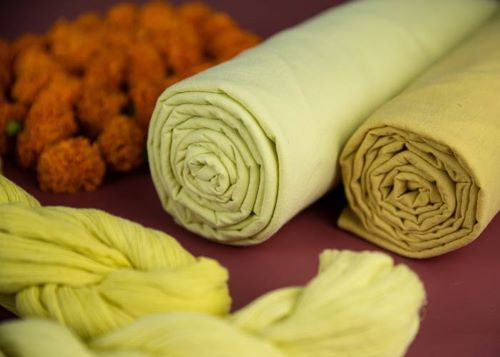
Unfortunately, natural clothing materials or fabrics are no longer the same today. They are often dyed with harmful chemical dyes or finishes which would take longer to disintegrate naturally and would just add toxins to the soil when do decompose.
Since we use Certified Azo free Dyes and GOTS Certified Natural Vegetable dyes only at our in-house dyeing facility, Anuprerna fabrics decompose naturally & easily without releasing harmful substances.
Biodegradable Fabrics:
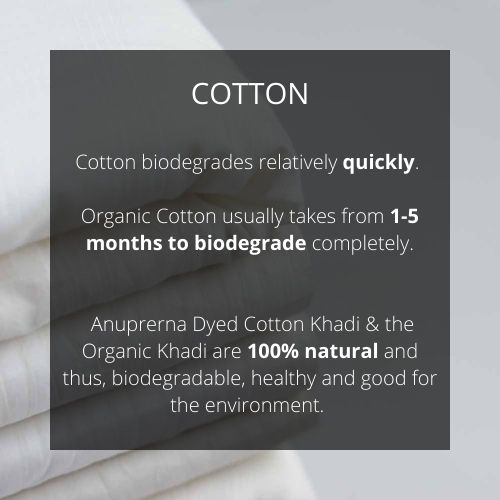
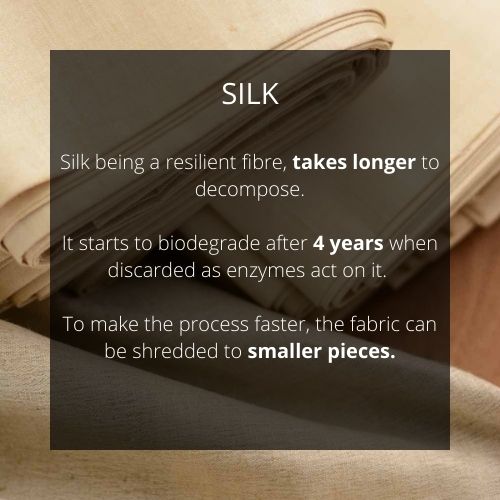
Visuals
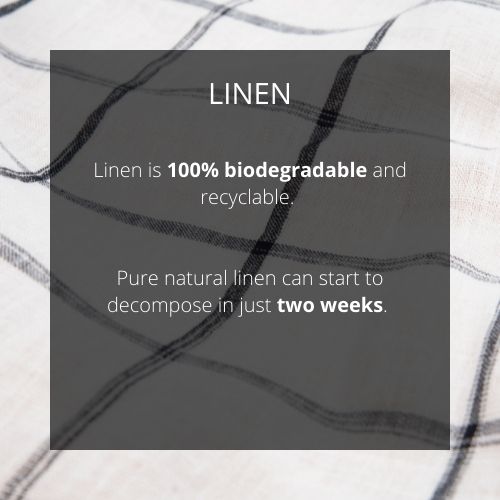
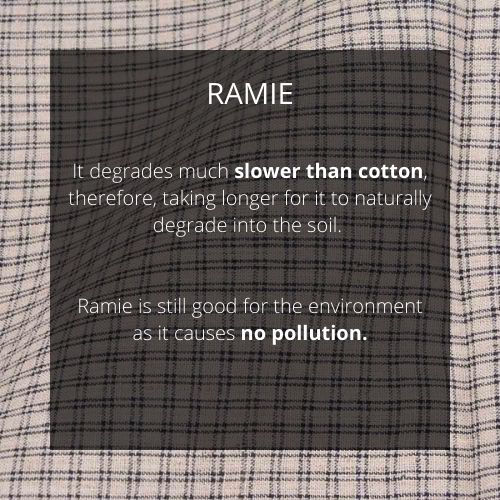
Why is Biodegradable Fabric Better:
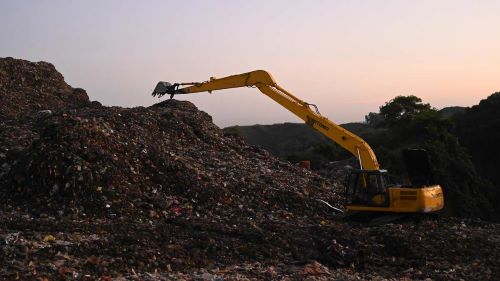
A ton of clothing is being discarded every year, which is estimated to be 92 million tonnes. And most of it will not biodegrade in a landfill, especially synthetic fabric materials like polyester or nylon that could potentially also leak chemicals into the earth which would further exacerbate the problem. This is where biodegradable & sustainable natural clothing materials come to the rescue. Fabrics like organic cotton, linen, hemp, peace silk and bamboo are among the few that are completely biodegradable.
Tips To Compost Biodegradable Fabrics
-Clothes or fabrics can be composted as long as 99% of the entire garment is considered to be biodegradable — these fibres have the ability to break down quickly in nature without leaving any toxins behind.
-In order for clothes to degrade naturally, they must be placed in an oxygen-rich atmosphere and items like wet kitchen waste must be added to encourage the process.
-Adding worms into the mix can accelerate the process as they are very efficient at processing organic waste.
- It is advised not to overload your compost heap with not more than 25% of old clothes.
-To speed up the process, make sure to shred or cut the fabrics into smaller pieces.
-Make sure to remove buttons, zippers, or any other non-biodegradable trims.
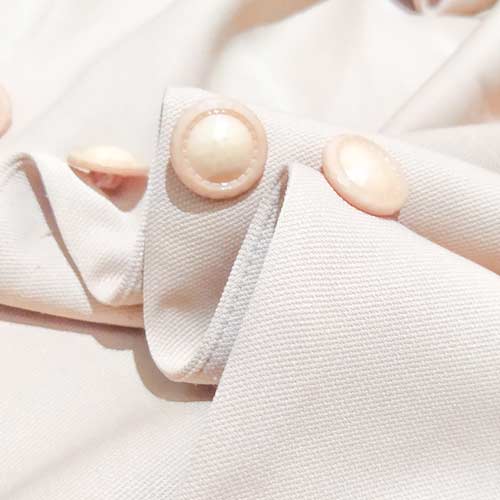
Summary
At Anuprerna, all our fabrics are biodegradable as they are 100% natural material only and are not treated with any harmful chemicals. Even for dyeing, only Certified Azo-free and natural vegetable dyes are used. 95% of clothes can be reused or repurposed and composting should be your last resort owing to its complex processes. We too recycle our deadstock yarns or fabrics to make new fabric & products or packaging respectively. However, it is always better to choose biodegradable fabrics to begin with irrespective of whether you choose to recycle them or to compost them in the end.
related questions
What fabric decomposes the fastest?
arrow_drop_downCotton fabric decomposes relatively quickly compared to many synthetic fabrics, making it one of the fastest decomposing textiles.
What fabric material Cannot decompose?
arrow_drop_downWhile most fabric materials can decompose under certain conditions, synthetic fabrics made from materials like polyester, nylon, and acrylic can take a very long time to decompose, and in some cases, they may never fully break down in the environment.
Why are Biodegradable fabrics better?
arrow_drop_downBiodegradable fabrics are better because they break down naturally in the environment, reducing waste, minimizing pollution, and promoting sustainability.
Can fabric biodegrade?
arrow_drop_downYes, fabric can biodegrade under certain conditions, especially if it is made from natural fibers like cotton, linen, wool, or silk. However, synthetic fabrics made from materials like polyester or nylon can take much longer to biodegrade or may not fully break down in the environment.
More Blogs
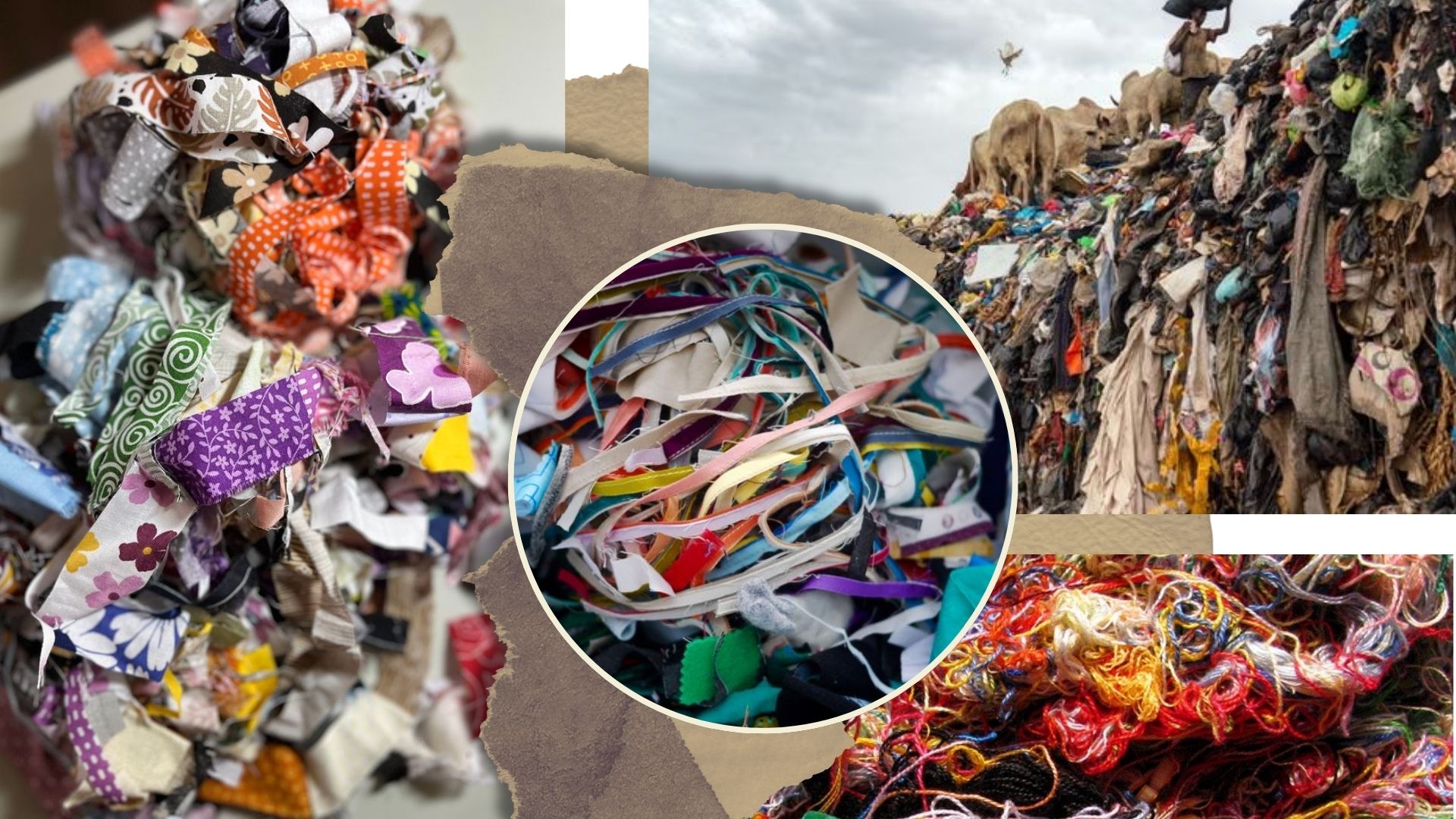
the scrap fabric solution, from clutter to creation

the art of sustainable recyclability

indian handloom in contemporary world
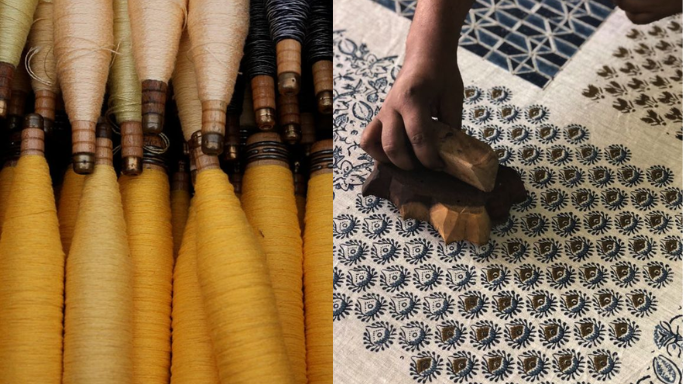
sustainability through handloom manufacturing
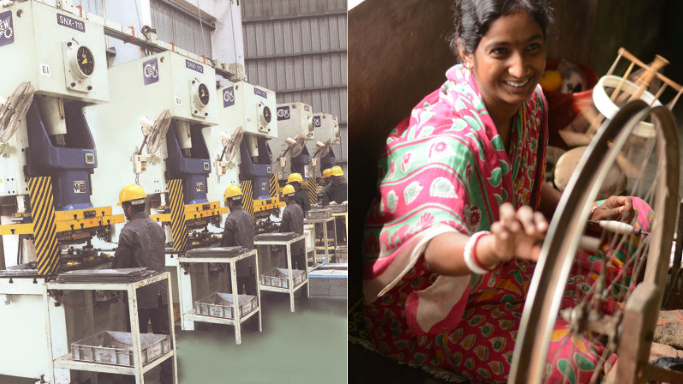
how to identify handloom fabrics in a powerloom world
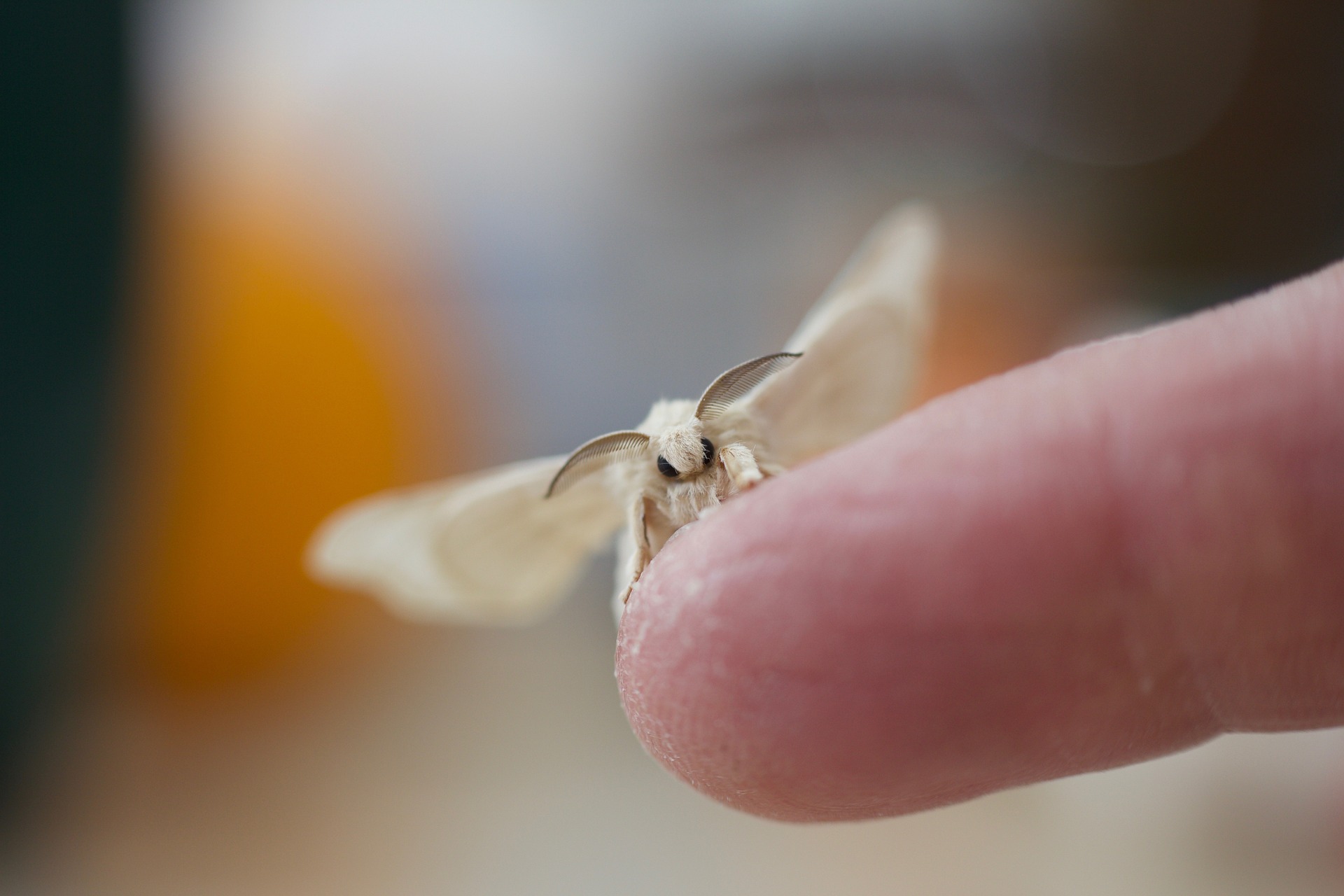
ketia silk - a peace lover






